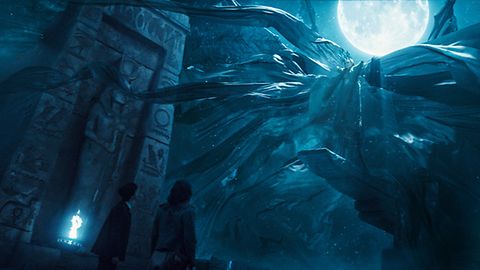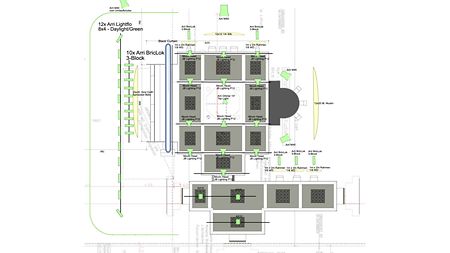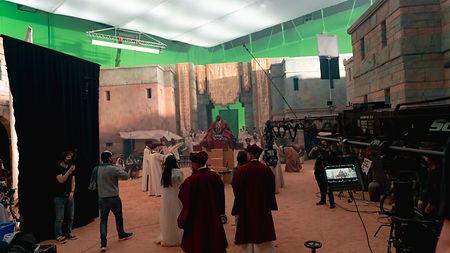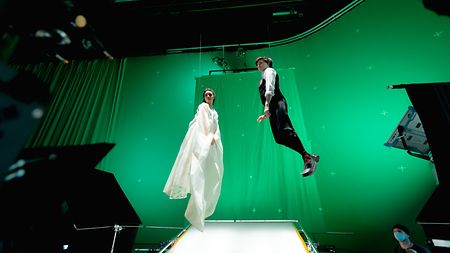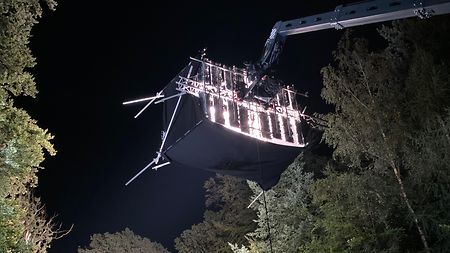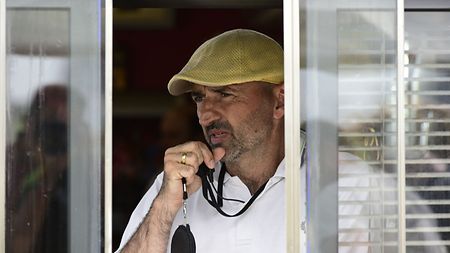In “The Magic Flute,” 17-year-old Londoner Tim Walker takes up a place at the Mozart boarding school in Austria, a world-renowned center of musical excellence. Struggling to adapt to school life, he stumbles upon a supernatural portal to the fantastical world of Mozart’s famous opera, “The Magic Flute.” Directed by Florian Sigl and shot by cinematographer Peter Matjasko, the film was produced in Germany and supplied with lighting equipment by ARRI Rental. Gaffer Uwe Greiner was tasked with creating beautiful, cinematic lighting on a tight budget and schedule. He speaks here about how ARRI Rental’s BrikLok LED fixtures, which can be used individually or combined in almost limitless ways, helped him in that task.
What was your journey to becoming a gaffer?
I’ve been a gaffer since 2006, but my career started 30 years ago at a film distribution company, where I quickly realized that the appeal of working on a film set was what I loved about this industry. My first experience on a feature film set was “After Five in the Forest Primeval” and the team spirit was very special. Actually, I ended up in the lighting department more by accident and after a few trips to other departments, I was always happy to come back.
How closely did you work with DP Peter Matjasko on the lighting for “The Magic Flute”?
I hadn't worked with Peter before, but since he had created mood boards for every scene, it was pretty easy to get a feel for his ideas on the look. My role was to find practical ways to implement those ideas. I had a lot of freedom in the planning stages with regard to the technical and financial possibilities.
However, this was a relatively low-budget production, so we were extremely limited with our time in prep. I had a total of six days for planning, one-and-a-half days rigging the large stage, one test day, and one pre-light day. The crew consisted of me, a best boy, a board operator, two electricians, and an assistant. That wasn’t much for a studio of 2,500 square meters, but it was made feasible by preliminary planning and good cooperation with Peter. I created lighting plans for the sound stages to give him an idea of the resources at his disposal, so he could express himself as creatively as possible within the limited framework.
